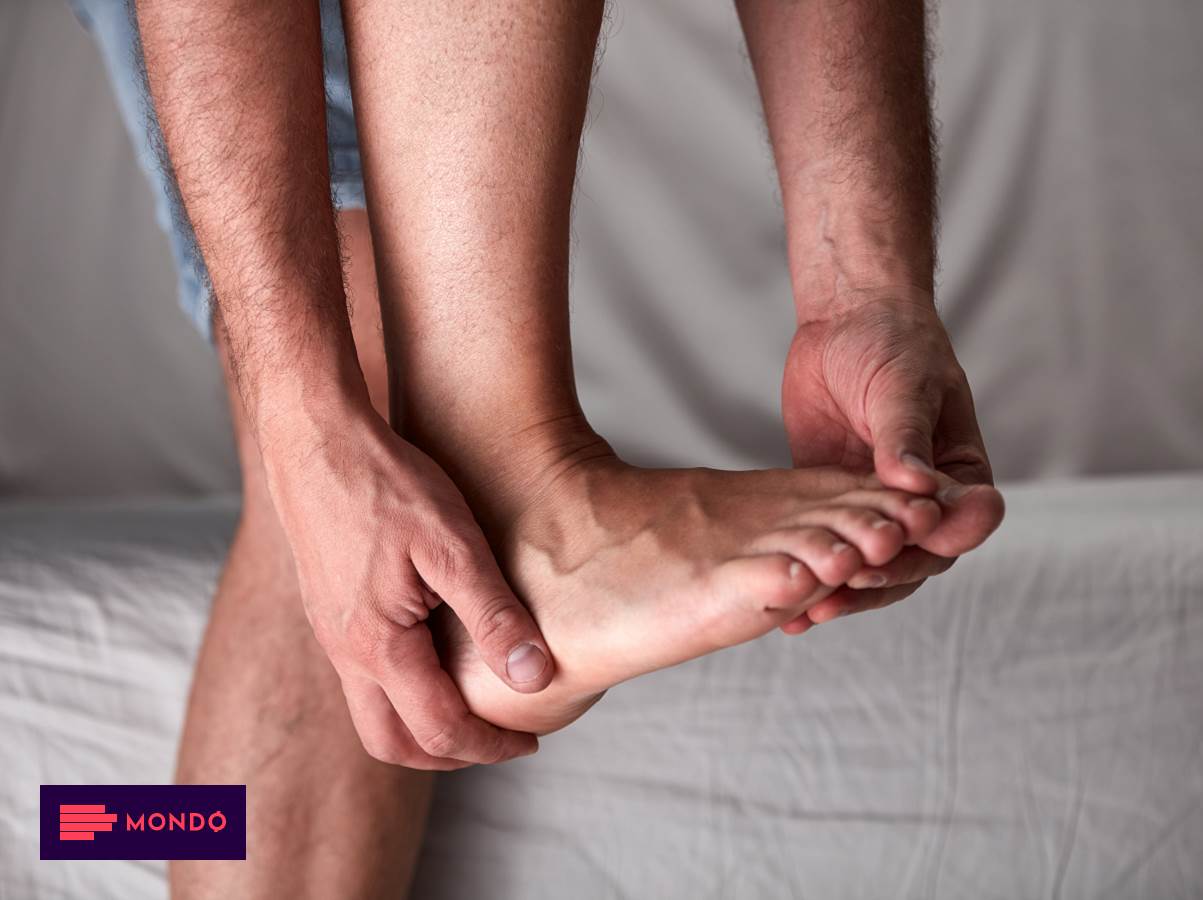High cholesterol can show up on the feet.
Izvor: AstroStar/Shutterstock.com
High cholesterol can cause peripheral artery disease (PAD), which doesn’t always show symptoms, but can sometimes show up in the feet.
High cholesterol is a serious condition that can increase the risk of heart disease and is considered a silent killer because it usually comes with no obvious symptoms. It is diagnosed when you have too much of a fatty substance called cholesterol in your blood and is mainly caused by eating fatty foods, not exercising enough, being overweight, smoking and drinking alcohol. But since high cholesterol doesn’t usually cause symptoms, you can only find out if you have it with a blood test.
One of the risks of cholesterol is that it can build up in the arteries leading to blockages, preventing blood from passing through. It is a major risk factor for cardiovascular disease, which is the leading cause of death worldwide, causing nearly 18 million deaths annually. According to the NHS, peripheral arterial disease (PAD) is a common condition where fatty deposits in the arteries “restrict” blood flow to the leg muscles. Although PAD doesn’t always show symptoms, it can cause signs to appear on the feet. These signs are:
Hair loss on the feet Brittle, slow-growing toenails Non-healing foot ulcers
“PAD symptoms often develop slowly, over time. If they develop quickly or worsen suddenly, this may be a sign of a serious problem that requires immediate treatment,” the NHS points out. One of the most common signs of PAD occurs when walking, as some people feel severe pain in their legs, which usually goes away after a few minutes of rest. The pain can range from mild to severe, and usually goes away after a few minutes when you rest your legs.
“Both legs are often affected at the same time, although the pain may be worse in one leg. Other symptoms of PAD include loss of hair on the legs, numbness or weakness in the legs, ulcers on the legs that do not heal, discoloration on the legs, shiny skin, decreased leg muscles, and erectile dysfunction in men“, they write from the National Health Service.
You can lower cholesterol by avoiding fatty foods, which you can replace with fish, brown rice, nuts, seeds, fruits and vegetables. More exercise is also recommended. The NHS also points out that you should stop smoking and cut down on alcohol.
(WORLD)
